Buying Guide for the Best Budget Ultrawide Monitor
Choosing a budget ultrawide monitor can be a great way to enhance your workspace, gaming, or entertainment experience without breaking the bank. Ultrawide monitors offer a wider field of view compared to standard monitors, making them ideal for multitasking, immersive gaming, or watching movies. When shopping for a budget ultrawide monitor, it's important to focus on the features that matter most to your needs, as some advanced features may be limited in lower-priced models. Understanding the key specifications will help you make a smart choice that fits your daily use.Screen SizeScreen size refers to the diagonal measurement of the monitor, usually given in inches. For ultrawide monitors, common sizes range from 29 to 34 inches, though larger options exist. A larger screen provides more workspace and a more immersive experience, but also takes up more desk space. If you have limited space or mainly use your monitor for basic tasks, a 29-inch model may be sufficient. For multitasking, creative work, or gaming, a 34-inch screen can offer a more comfortable and engaging view. Consider your desk size and how much screen real estate you need for your activities.
ResolutionResolution describes how many pixels the screen displays, which affects image clarity and detail. Common ultrawide resolutions include 2560x1080 (Full HD) and 3440x1440 (QHD). A higher resolution means sharper images and more space for windows, but it can also require a more powerful computer to run smoothly. If you mostly browse the web or do office work, 2560x1080 may be enough. For photo editing, design, or sharper visuals in games and movies, 3440x1440 is preferable. Match the resolution to your typical tasks and your computer's capabilities.
Refresh RateRefresh rate is the number of times the screen updates per second, measured in hertz (Hz). Standard monitors have a 60Hz refresh rate, while some ultrawide monitors offer 75Hz or even 100Hz and above. A higher refresh rate results in smoother motion, which is especially noticeable in fast-paced games or when scrolling quickly. If you mainly use your monitor for work or casual browsing, 60Hz is usually fine. For gaming or video editing, a higher refresh rate can make a noticeable difference in smoothness and responsiveness.
Panel TypePanel type refers to the technology used in the monitor's display, with the most common being IPS, VA, and TN. IPS panels offer better color accuracy and wider viewing angles, making them great for creative work and general use. VA panels typically have higher contrast and deeper blacks, which can be good for watching movies or gaming in dark environments. TN panels are less common in ultrawide monitors and usually offer faster response times but poorer color and viewing angles. For most users, IPS is a safe and versatile choice, but VA can be appealing if you prioritize contrast.
ConnectivityConnectivity refers to the types and number of ports available on the monitor, such as HDMI, DisplayPort, and USB. Having multiple and modern ports ensures compatibility with your computer and other devices. If you plan to connect several devices or want to future-proof your setup, look for a monitor with both HDMI and DisplayPort options. Some monitors also offer USB-C or built-in USB hubs, which can be convenient for charging devices or connecting peripherals. Think about what devices you need to connect and make sure the monitor supports them.
Ergonomics and AdjustabilityErgonomics and adjustability refer to how easily you can change the monitor's position, such as tilting, height adjustment, and swiveling. Good adjustability helps you set up a comfortable and healthy workspace, reducing neck and eye strain. Budget monitors may have limited adjustability, so check if the stand allows for the adjustments you need. If you plan to use the monitor for long hours, prioritize models that let you easily change the viewing angle or height.
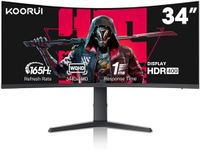
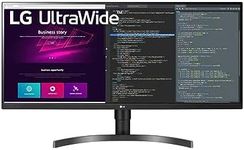

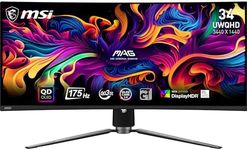



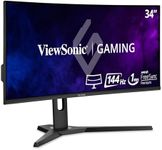

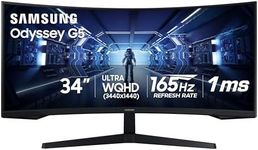

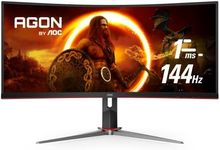
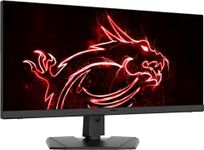
![Samsung 49 inch Viewfinity Super Ultra-wide Curved Business Monitor with Dual QHD, 120 Hz, Height adjustable, Built-in speakers (3-Year Warranty)- LS49C954UANXZA [Canada Version] (2024)](https://images-proxy.bestreviews.guide/OlWzF8YSdFswG_1zi-LVidzixtg=/0x150/https://m.media-amazon.com/images/I/31E9a7mo1cL._AC_CX679_.jpg)



